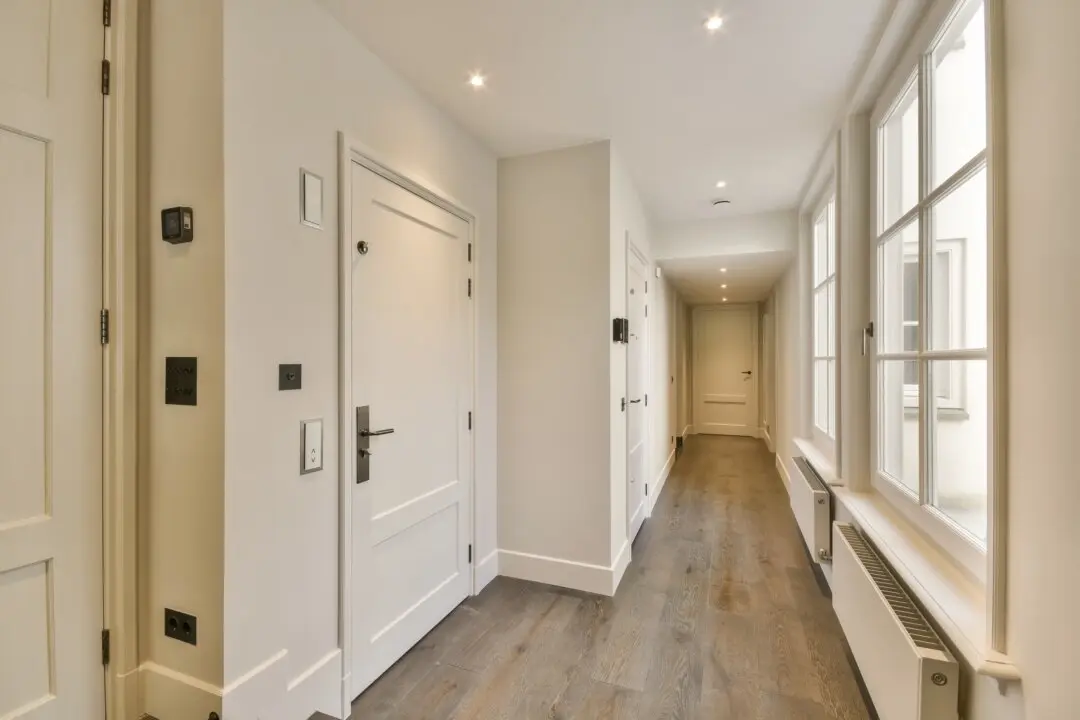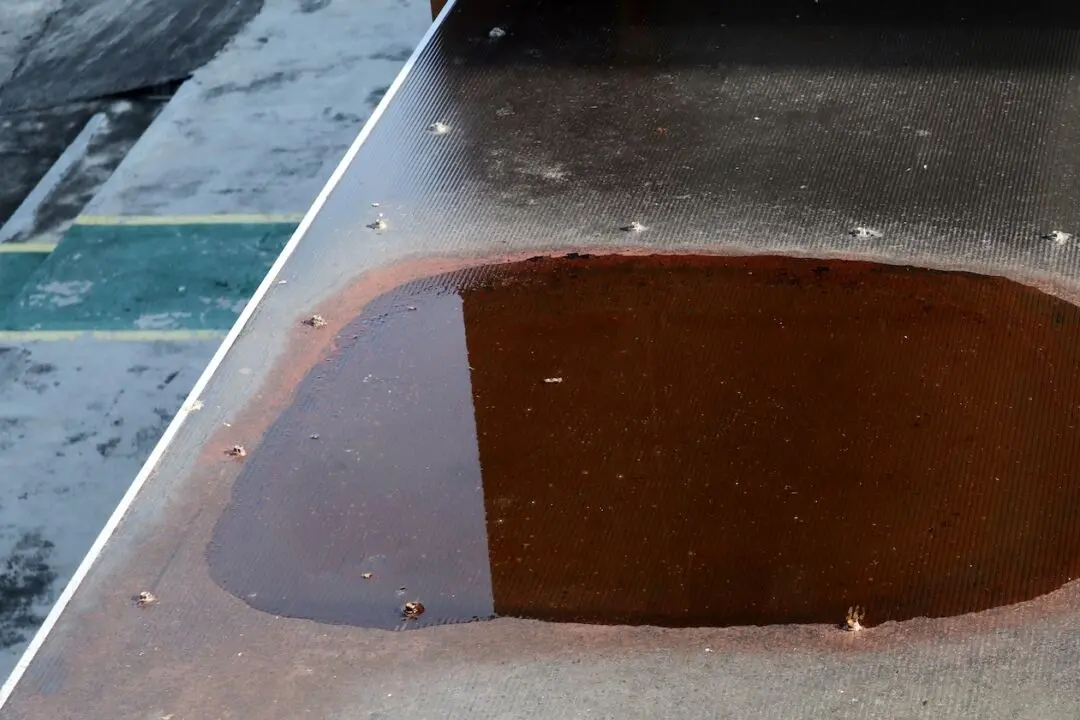Dear James: Our window and door trim are looking dull, worn, and scratched. They are beyond just refinishing. What are the steps to removing and replacing the old wood trim myself? —Colleen W.
Dear Colleen: It is surprising how much window and door trim can affect the appearance and style of an entire room. If you’re remodeling and want to change the decor of a room, this is the ideal time to select a radically different trim styling, color, and finish.





